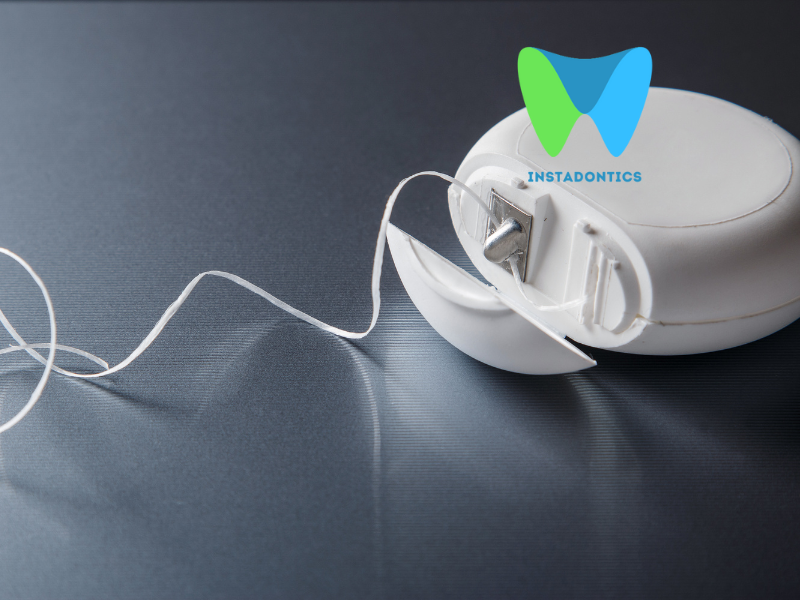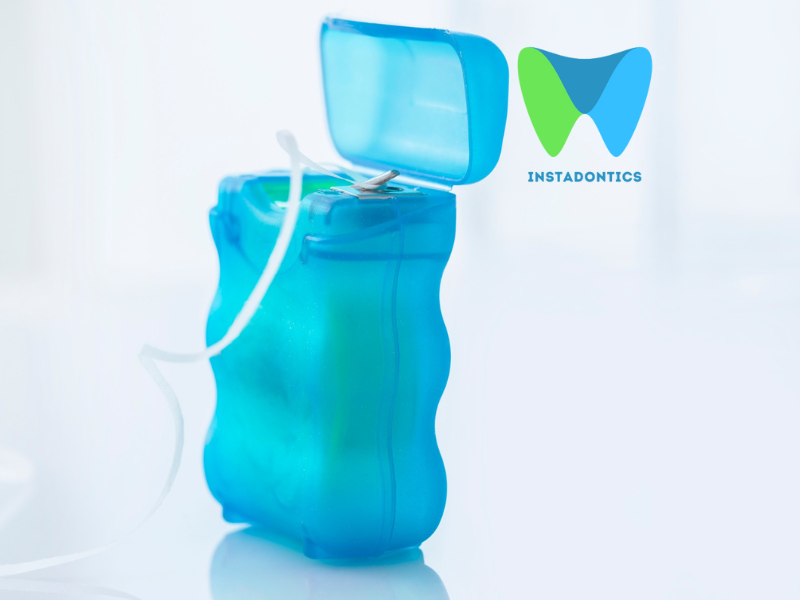Which Toothbrush is Best Soft, Medium, or Hard? | When it comes to oral hygiene, selecting the right toothbrush is crucial for maintaining healthy teeth and gums. With various options available—soft, medium, and hard bristles—many people find themselves wondering which type is best for their dental care routine. This blog will explore the differences between these toothbrush bristle types, their benefits and drawbacks, and how to choose the right one for your needs.
Toothbrush Bristle Types
Toothbrushes are typically categorized based on the firmness of their bristles:
- Soft Bristles: These toothbrushes have gentle bristles that are flexible and less abrasive. They are often recommended by dental professionals for most individuals.
- Medium Bristles: Medium bristle toothbrushes offer a balance between softness and firmness. They provide a bit more scrubbing power than soft bristles but are still relatively gentle.
- Hard Bristles: Hard bristle toothbrushes have stiff bristles designed for aggressive cleaning. However, they can be too abrasive for many people and are often not recommended.
Which Toothbrush is Best Soft, Medium, or Hard?
The Benefits of Soft Bristles
- Gentle on Gums: Soft bristles are less likely to cause gum irritation or recession. They are ideal for individuals with sensitive gums, gingivitis, or other periodontal issues.
- Effective Cleaning: Contrary to popular belief, soft bristles can effectively remove plaque and debris from teeth without damaging the enamel or gums. The flexibility of the bristles allows them to reach into the grooves and contours of teeth.
- Comfortable to Use: Many people find soft bristle toothbrushes more comfortable, making it easier to maintain a consistent brushing routine.
- Recommended for Most People: Dental professionals generally recommend soft bristle toothbrushes for most individuals, including children and those with braces or dental work.
The Drawbacks of Medium and Hard Bristles
- Potential for Gum Damage: Medium and hard bristle toothbrushes can be too abrasive, leading to gum irritation, recession, and increased tooth sensitivity over time.
- Enamel Wear: Using a hard bristle toothbrush can contribute to enamel wear, which can lead to cavities and other dental issues. Enamel is the protective layer of your teeth, and once it is worn away, it cannot be replaced.
- Not Suitable for Everyone: While some people may prefer medium bristles for a more vigorous clean, they may not be suitable for individuals with sensitive teeth or gums. Hard bristles are generally discouraged by dental professionals for regular use.
When Might Medium or Hard Bristles Be Appropriate?
While soft bristle toothbrushes are typically recommended, there are some scenarios where medium or hard bristles may be considered:
- Specific Dental Conditions: In certain cases, a dentist may recommend a medium bristle toothbrush for individuals with specific dental conditions or needs. However, this is less common.
- Personal Preference: Some individuals may prefer the feel of medium bristles and find them more effective for their personal cleaning routine. It’s important to ensure that they are not applying excessive pressure while brushing.
- Temporary Use: Medium or hard bristles may be used temporarily under the guidance of a dental professional, but it’s essential to switch back to a softer option afterward.
How to Choose the Right Toothbrush for You
- Consult Your Dentist: The best way to determine the right toothbrush for your needs is to consult with your dentist. They can assess your oral health and recommend the most suitable option.
- Consider Your Oral Health: If you have sensitive gums, gum disease, or other dental issues, a soft bristle toothbrush is likely the best choice. If you have no specific concerns and prefer a firmer brush, you might try a medium bristle toothbrush but pay attention to how your gums respond.
- Evaluate Your Brushing Technique: Regardless of the bristle type, proper brushing technique is crucial. Use gentle, circular motions and avoid applying too much pressure to prevent damage to your gums and enamel.
- Experiment: If you’re unsure which bristle type is best for you, consider trying different options. Many people find that they prefer the comfort and effectiveness of soft bristles after giving them a chance.
- Look for ADA Seal of Acceptance: When choosing a toothbrush, look for the American Dental Association (ADA) Seal of Acceptance. This seal indicates that the toothbrush meets specific safety and efficacy standards.
Decision Analysis Tool
To determine which toothbrush is right for you, consider the following factors:
1. Gum Health
- Soft Bristles: Best for people with sensitive gums, gum recession, or gum disease (gingivitis). They are gentle and less likely to cause irritation or bleeding.
- Medium Bristles: Suitable for people with healthy gums who want a balance between cleaning and gentleness.
- Hard Bristles: Not recommended for people with sensitive or receding gums, as they can cause damage and worsen gum problems.
2. Tooth Sensitivity
- Soft Bristles: Ideal for individuals with sensitive teeth, as they are less abrasive and reduce the risk of enamel wear.
- Medium Bristles: May be too harsh for sensitive teeth, especially if used with excessive force.
- Hard Bristles: Can exacerbate tooth sensitivity and lead to enamel erosion over time.
3. Plaque and Stain Removal
- Soft Bristles: Effective at removing plaque when used correctly. They are also safe for daily use without damaging enamel.
- Medium Bristles: Provide slightly more abrasive cleaning, which can help remove surface stains. However, they may not be necessary for most people.
- Hard Bristles: Can remove stubborn stains and plaque but at the risk of damaging enamel and gums.
4. Brushing Technique
- Soft Bristles: Require proper technique to effectively clean teeth. They are less likely to cause harm if you tend to brush too hard.
- Medium Bristles: Can be effective if you have a gentle brushing technique but may cause damage if you brush aggressively.
- Hard Bristles: Not recommended for aggressive brushers, as they can cause significant damage to enamel and gums.
5. Dental Work
- Soft Bristles: Safe for use with dental work like crowns, veneers, or braces. They are less likely to cause damage to these surfaces.
- Medium Bristles: May be acceptable for dental work but should be used with caution.
- Hard Bristles: Not recommended for people with dental work, as they can scratch or damage restorative materials.
6. Personal Preference
- Soft Bristles: Some people may feel that soft bristles don’t provide enough cleaning power, but they are the safest option for most individuals.
- Medium Bristles: Preferred by those who want a firmer feel without the risks of hard bristles.
- Hard Bristles: Some people may prefer the firmness of hard bristles, but they are generally not recommended by dentists.
Which Toothbrush is Best Soft, Medium, or Hard?
Step-by-Step Decision Guide
Use this step-by-step guide to determine which toothbrush is right for you:
Step 1: Assess Your Gum Health
- If you have sensitive gums, gum recession, or gum disease, choose a soft-bristled toothbrush.
- If your gums are healthy, you can consider a medium-bristled toothbrush.
Step 2: Evaluate Tooth Sensitivity
- If you have sensitive teeth, opt for a soft-bristled toothbrush.
- If your teeth are not sensitive, you can use a medium-bristled toothbrush.
Step 3: Consider Your Brushing Habits
- If you tend to brush aggressively, choose a soft-bristled toothbrush to minimize damage.
- If you have a gentle brushing technique, a medium-bristled toothbrush may be suitable.
Step 4: Think About Dental Work
- If you have crowns, veneers, braces, or other dental work, stick to a soft-bristled toothbrush.
- If you have no dental work, you can consider a medium-bristled toothbrush.
Step 5: Reflect on Personal Preference
- If you prefer a gentler brushing experience, go for a soft-bristled toothbrush.
- If you like a firmer feel, try a medium-bristled toothbrush but use it with caution.
Step 6: Consult Your Dentist
- If you’re still unsure, ask your dentist for a recommendation based on your specific oral health needs.
Which Toothbrush is Best Soft, Medium, or Hard? Free Decision Tool
Tips for Using Your Toothbrush Effectively
No matter which toothbrush you choose, proper technique is key to maintaining good oral health:
- Brush Twice Daily: Brush for at least two minutes each time.
- Use Gentle Pressure: Avoid brushing too hard, as this can damage gums and enamel.
- Replace Your Toothbrush Regularly: Change your toothbrush every 3-4 months or when the bristles become frayed.
- Choose the Right Size: Ensure the toothbrush head fits comfortably in your mouth and can reach all areas easily.
- Pair with Fluoride Toothpaste: Use fluoride toothpaste to strengthen enamel and prevent cavities.
When it comes to choosing a toothbrush, soft bristles are generally the best option for most individuals, offering effective cleaning without risking damage to teeth and gums. Medium and hard bristle toothbrushes may be suitable for specific situations but should be used with caution. Ultimately, the best toothbrush is one that fits your individual needs and promotes good oral hygiene practices. Remember to consult your dentist for personalized recommendations and maintain a consistent oral care routine for a healthy smile.



